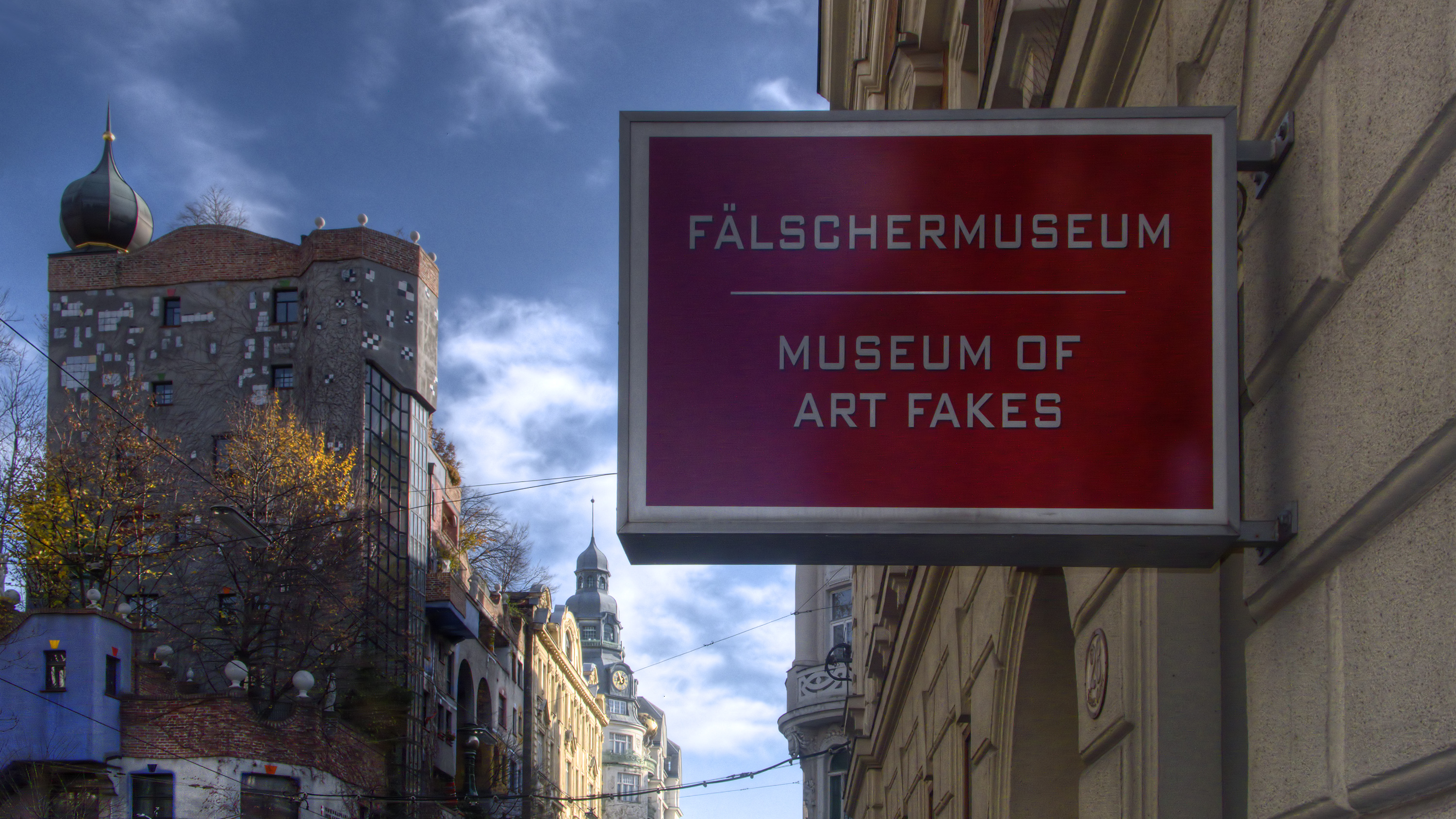Museum of Art Fakes on:
[Wikipedia]
[Google]
[Amazon]
 The Museum of Art Fakes (german: Fälschermuseum) is a museum of faked and forged artworks that opened in
The Museum of Art Fakes (german: Fälschermuseum) is a museum of faked and forged artworks that opened in Markt der Täuschungen: Ein Besuch im Fälschermuseum in Wien
Anja Witzke, ''Donaukurier'', 10 January 2008. Retrieved 18 August 2010. The exhibits include works by the renowned
Home page in English
Art museums and galleries in Vienna Art museums established in 2005 Museum of Art Fakes Museum of Art Fakes {{Europe-art-display-stub
 The Museum of Art Fakes (german: Fälschermuseum) is a museum of faked and forged artworks that opened in
The Museum of Art Fakes (german: Fälschermuseum) is a museum of faked and forged artworks that opened in Vienna
en, Viennese
, iso_code = AT-9
, registration_plate = W
, postal_code_type = Postal code
, postal_code =
, timezone = CET
, utc_offset = +1
, timezone_DST ...
, Austria
Austria, , bar, Östareich officially the Republic of Austria, is a country in the southern part of Central Europe, lying in the Eastern Alps. It is a federation of nine states, one of which is the capital, Vienna, the most populous ...
in 2005. This small, privately run museum in the Landstraße
Landstraße (; Central Bavarian: ''Laundstrossn'') is the 3rd municipal district of Vienna, Austria (german: 3. Bezirk). It is near the center of Vienna and was established in the 19th century. Landstraße is a heavily populated urban area with m ...
district is the only one of its kind in the German-speaking world.Anja Witzke, ''Donaukurier'', 10 January 2008. Retrieved 18 August 2010. The exhibits include works by the renowned
Vermeer
Johannes Vermeer ( , , see below; also known as Jan Vermeer; October 1632 – 15 December 1675) was a Dutch Baroque Period painter who specialized in domestic interior scenes of middle-class life. During his lifetime, he was a moderately succe ...
-forger Han van Meegeren
Henricus Antonius "Han" van Meegeren (; 10 October 1889 – 30 December 1947) was a Dutch painter and portraitist, considered one of the most ingenious art forgers of the 20th century. Van Meegeren became a national hero after World War II when ...
and the British art restorer Tom Keating, who claimed to have faked over 2,000 works by more than 100 different artists and deliberately inserted "time bombs" and anachronism
An anachronism (from the Greek , 'against' and , 'time') is a chronological inconsistency in some arrangement, especially a juxtaposition of people, events, objects, language terms and customs from different time periods. The most common ty ...
s into his paintings. Also on display are items produced by Konrad Kujau
Konrad Paul Kujau (27 June 1938 – 12 September 2000) was a German illustrator and forger. He became famous in 1983 as the creator of the so-called Hitler Diaries, for which he received DM 2.5 million (€2,421,020 in 2020 terms, adjusted for ...
, creator of the fake Hitler Diaries
The Hitler Diaries (german: Hitler-Tagebücher) were a series of sixty volumes of journals purportedly written by Adolf Hitler, but forged by Konrad Kujau between 1981 and 1983. The diaries were purchased in 1983 for 9.3 million Deutsche ...
, as well as works by David Stein, Elmyr de Hory, Eric Hebborn and Lothar Malskat. In addition, the museum presents information on the history of the most famous forgeries, and the sometimes very dramatic fates of their creators.
See also
*Art forgery
Art forgery is the creating and selling of works of art which are falsely credited to other, usually more famous artists. Art forgery can be extremely lucrative, but modern dating and analysis techniques have made the identification of forged art ...
Notes
External links
Home page in English
Art museums and galleries in Vienna Art museums established in 2005 Museum of Art Fakes Museum of Art Fakes {{Europe-art-display-stub